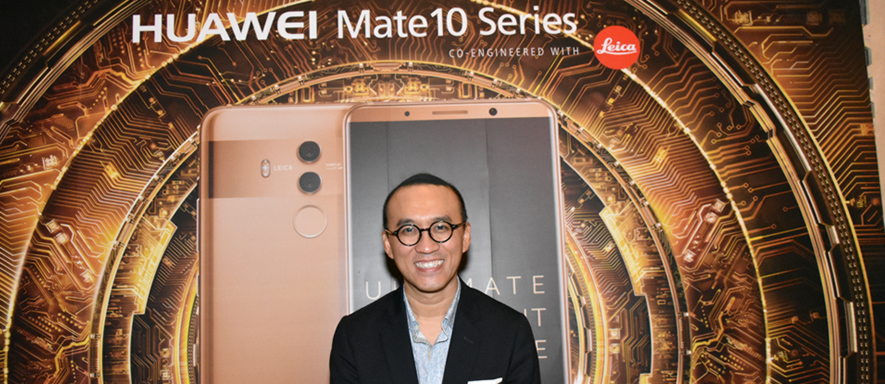Vodafone Group CEO Vittorio Colao has praised the Indian TRA for its progressive approach towards spectrum caps in the country - and has predicted rapid network expansion when the government applies the new spectrum measures which are still to be finalized.
Featured Articles
Huawei’s AI-powered smartphones foster ‘meaningful innovation’
Huawei’s latest Mate 10 smartphones are its first to feature artificial intelligence (AI) technology. At the Dubai launch event on October 30, Clement Wong, Huawei’s head of global product marketing, said the company is fostering “meaningful innovation” by catering to the realistic needs of smartphone users, providing features such as advanced photography and improved battery life.
Chinese operators reach 1bn 4G subscriber milestone
China’s telecommunications trio of China Mobile, China Telecom and China Unicom has formally announced that they have surpassed the 1bn 4G subscriber mark. The historic milestone was reached in December 2017, following an increase of almost 25 million LTE subs in that month alone.
Youth are driving the online era
In 104 countries around the world, more than 80 percent of the youth population is online, according to ITU’s 2017 Facts and Figures report. In developed countries, 94 percent of young people aged 15-24 use the internet compared with 67 percent in developing counties and only 30 percent in least developed countries. Yet, sub-Saharan Africa remains the fastest growing mobile market.
Singapore regulator proposes scheme to protect telecom customers
Singapore’s Infocomm Media Development Authority (IMDA) launched a public consultation to seek views on its proposed framework for the Telecommunication and Subscription TV Mediation-Adjudication Scheme which aims to introduce an alternative dispute resolution scheme for telecommunication and media services.
Emerging markets: A gold mine for Chinese OEMs
Huawei, Xiaomi, Oppo and Vivo represent an uprising in the smartphone industry. Together, these Chinese OEMs (original equipment manufacturers) accounted for a record 48 percent of global device shipments in Q2 2017, according to Counterpoint Research. Emerging markets represent a gold mine for Chinese OEMs, as they continue to aggressively scale beyond their mainland.
Ericsson study discovers what consumers want from 5G
Ericsson has launched its ‘Towards a 5G consumer future’ industry insight report that discusses the six calls to action from consumers that operators need to act upon to provide a foundation for adoption of 5G technology. The report, the largest 5G consumer expectation study to date, represents the views of 800 million smartphone users worldwide.
China to reclaim crown for world’s fastest trains
China has relaunched its fleet of high-speed bullet trains after capping speeds in 2011 following two tragic crashes that left 40 people dead. The top speed of the Fuxing or “rejuvenation” trains was capped at 300km/h after the accidents, but will now be increased to top speeds of up to 350km/h.
Connecting the world through subsea cable systems
Global demand for bandwidth continues to grow at a remarkable rate driven by the rise of capacity-dependent applications like live video, augmented and virtual reality, and 4K/8K video. International submarine cable systems are more important than ever, considering that the total carrying capacity of subsea cables is in the terabits per second, while satellites typically offer only 1000 megabits per second.
Are you prepared to pay more for 5G?
5G won’t come cheap. In the United States alone, fiber infrastructure to prepare for the next-generation technology could cost up to $150 billion, according to Deloitte. But despite 5G’s hefty bill, a recent survey discovered that 75 percent of end-user organizations would be willing to pay more for 5G mobile capabilities.



















